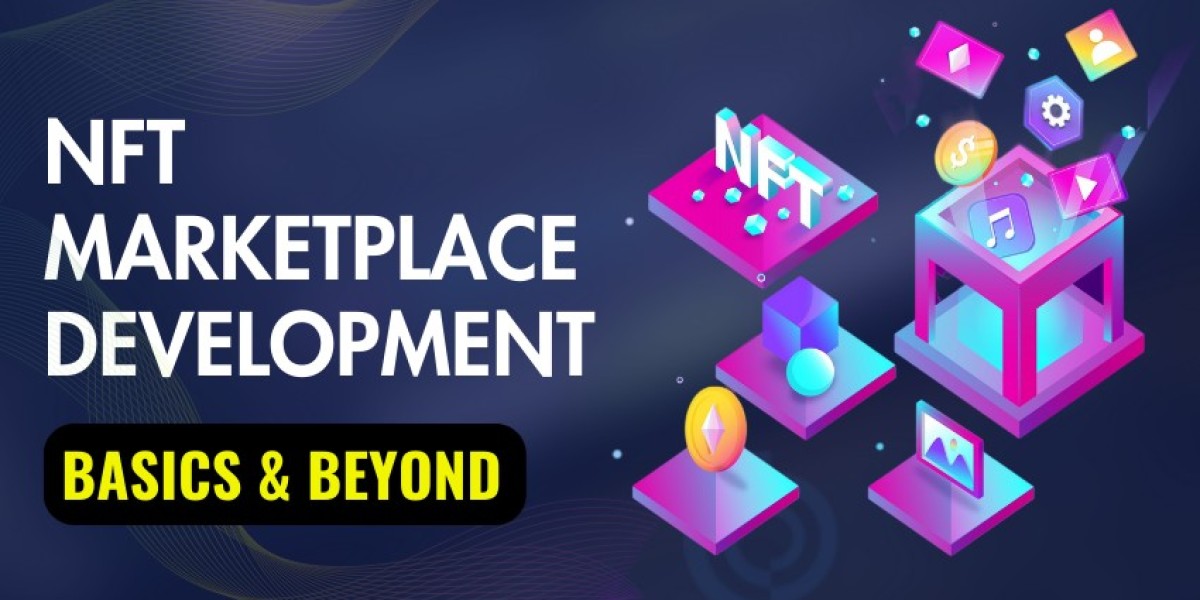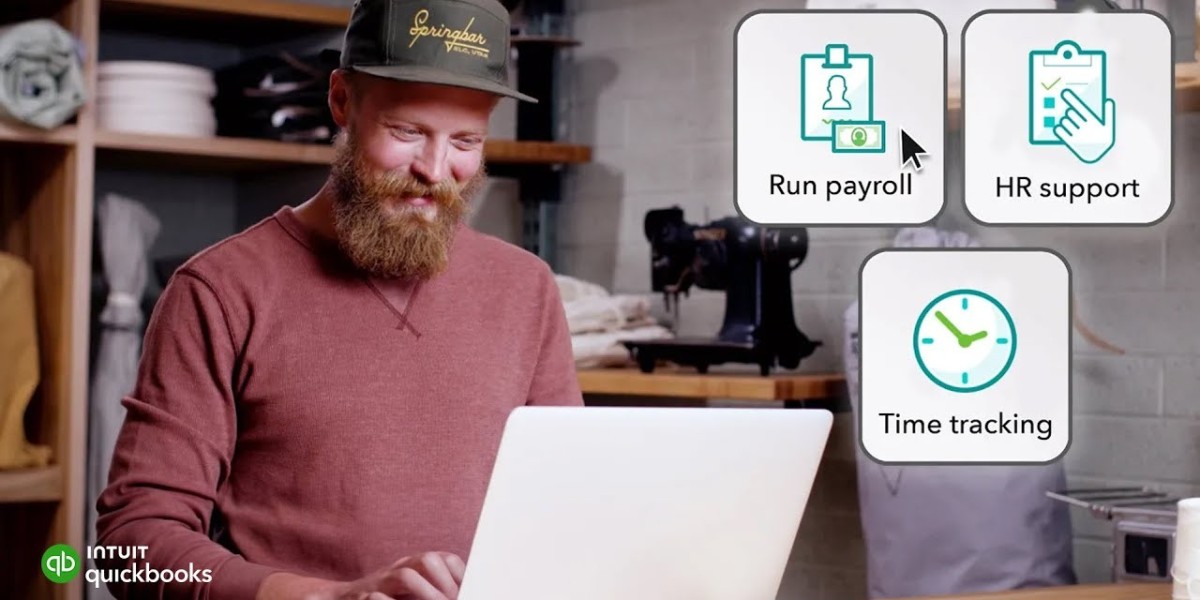NFTs have revolutionized digital ownership, allowing artists, creators, and businesses to buy, sell, and trade unique digital assets. The NFT marketplace serves as a platform where users can list, buy, and sell NFTs securely. The NFT Marketplace is a upgrading sector that offers a wealth of opportunities for startups and entrepreneurs. As the digital economy continues to expand, NFTs are at the forefront, enabling the creation, trading, and ownership of unique digital assets.
If you're a startup looking to build an NFT Marketplace, understanding its architecture is crucial. This blog post will break down the essential components of an NFT Marketplace, how they work together, and what to consider when building one.
Understanding the Core Components
An NFT Marketplace is built on blockchain technology, which ensures transparency and security. Also, it has some components that ensure the smooth functioning of the NFT trading. Below are the core components of an NFT Marketplace:
a) Blockchain Network
- The foundation of any NFT marketplace.
- Popular choices include Ethereum, Binance Smart Chain, Polygon, and Solana.
- Determines the security, speed, and cost of transactions.
b) Smart Contracts
- Self-executing contracts that govern NFT transactions.
- Handle minting (creating NFTs), transferring ownership, and royalty payments.
- Written in programming languages like Solidity (Ethereum) or Rust (Solana).
c) User Interface (UI) & User Experience (UX)
- The front-end that users interact with.
- Includes an NFT storefront, search filters, and user dashboards.
- Should be simple and intuitive to attract users.
d) NFT Minting & Storage
- Minting is the process of creating NFTs.
- NFTs are stored either on-chain (directly on the blockchain) or off-chain (via IPFS or centralized servers).
e) Wallet Integration
- Users need wallets like MetaMask, Trust Wallet, or Phantom to store and trade NFTs.
- Wallets help authenticate users and process payments securely.
f) Payment Gateway
- Facilitates transactions using cryptocurrencies (ETH, BNB, MATIC, etc.).
- Some marketplaces integrate fiat payment options via credit cards or bank transfers.
g) Security & Scalability
- Marketplaces must prevent hacks, fraud, and data breaches.
- Techniques like multi-signature wallets, encryption, and two-factor authentication help improve security.
Steps to Build an NFT Marketplace
Step 1: Choose a Blockchain – Ethereum is the most popular but has high gas fees. Also, Binance Smart Chain and Polygon offer lower fees and faster transactions. And, Solana is another alternative with low fees and high scalability.
Step 2: Define the Features – Decide if your marketplace will focus on art, gaming, real estate, or a mix of NFTs. Include features like auctions, bidding, fixed-price sales, and royalty payments.
Step 3: Develop Smart Contracts – Write and deploy smart contracts that handle NFT creation, transfers, and royalties. Ensure the contracts are tested to prevent vulnerabilities.
Step 4: Design the User Interface – Create a clean, user-friendly design for desktop and mobile users. Include features like search filters, trending NFTs, and favorite lists.
Step 5: Integrate Wallets & Payment Options – Enable users to connect their wallets easily. Consider multiple payment options to increase accessibility.
Step 6: Ensure Security & Compliance – Implement KYC (Know Your Customer) verification for user safety. Comply with regulations related to digital assets.
Step 7: Testing & Deployment – Run extensive tests on smart contracts and UI. Deploy the platform in phases, starting with a beta version.
Building an NFT Marketplace requires a deep understanding of blockchain technology, security, and user experience. By following the steps outlined above, startups can create a successful NFT platform that attracts artists, collectors, and traders. Whether you're focusing on art, gaming, or collectibles, the key to success lies in offering a seamless and secure experience for your users.
If you're ready to launch your NFT Marketplace, start with a clear roadmap and choose the right technology stack to ensure long-term growth. The future of digital ownership is here, and now is the time to be part of it!


